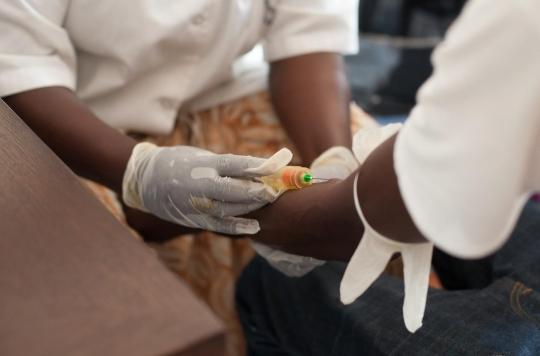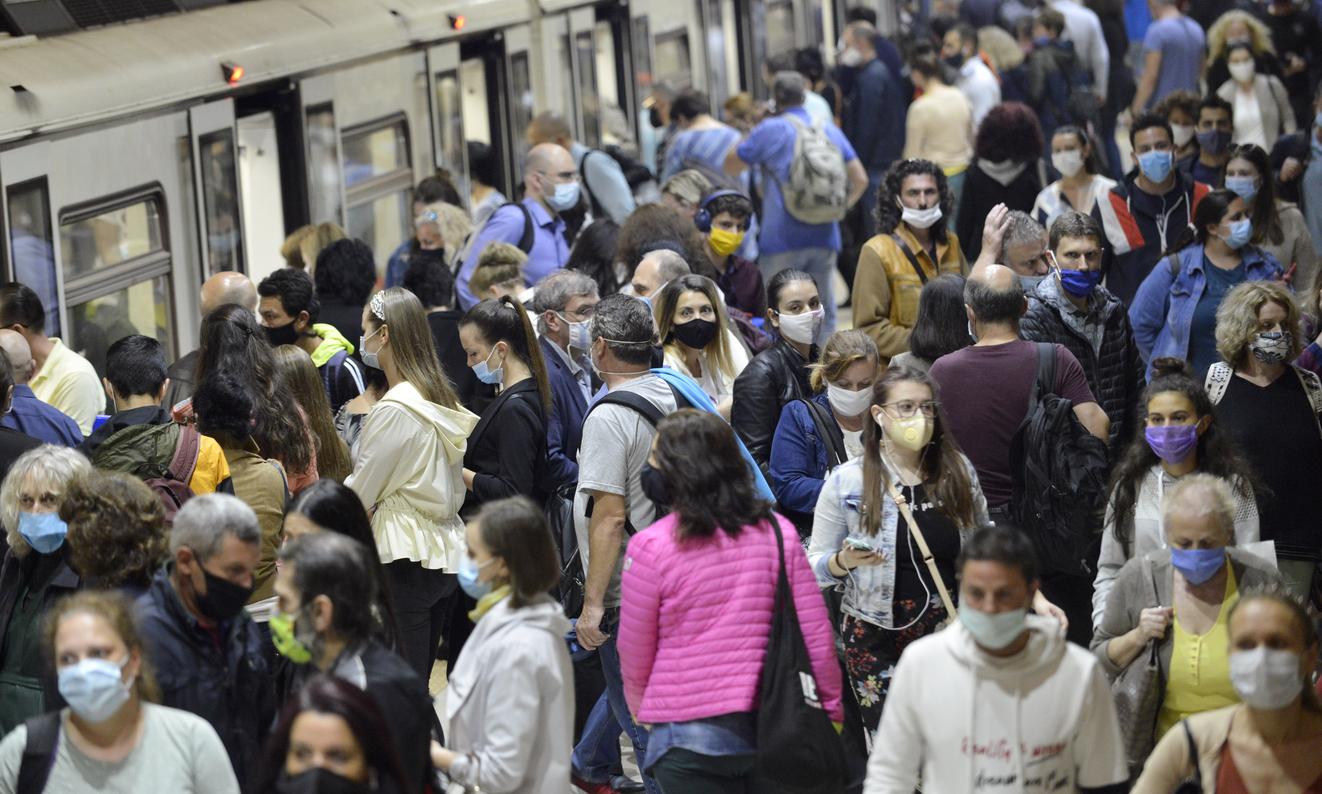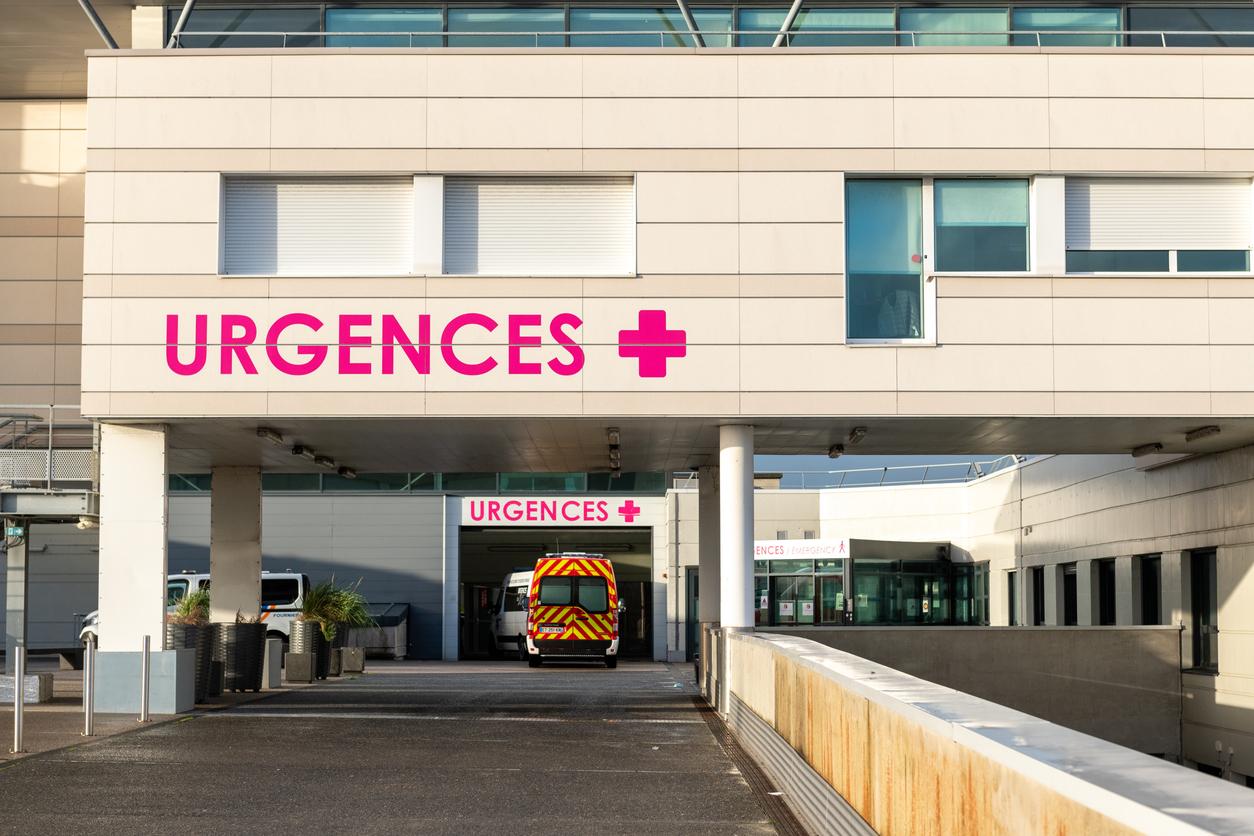While the Democratic Republic of Congo (DRC) has been experiencing its tenth Ebola virus epidemic since the 1970s since August, the country has just recorded its 600th victim. The WHO, however, considers the situation “contained” and even hopes to eradicate the epidemic within six months.

Since 1er Last August, when the tenth Ebola epidemic was declared in the northeast of the Democratic Republic of Congo, the virus claimed 600 lives. “Since the start of the epidemic, the cumulative number of cases is 960, including 895 confirmed and 65 probable. In total, there have been 603 deaths (538 confirmed and 65 probable) and 314 people cured”, details the ministry in its daily newsletter.
The fear of an “outbreak” of cases
In the province of North Kivu, where the epicenter of the Ebola epidemic in the DRC is located, the number of deaths is not decreasing. Also according to the Ministry of Health, five new deaths from confirmed cases were reported on Sunday, and nine new cases were confirmed. 172 suspected cases are also “under investigation”.
Despite these alarming figures, the World Health Organization (WHO) wants to be reassuring and even affirms that the epidemic is so far “contained”. According to Dr Tedros Adhanom Ghebreyesus, Director General of the WHO, it will take another six months to eradicate the Ebola epidemic in the DRC.
An optimism that Dr. Nathalie Roberts does not share. Asked by RFI, the emergency manager of Médecins sans frontières Paris believes that there is currently “a risk of seeing an outbreak and many more cases”. “Our goal is to understand what the risk factors are and avoid what we saw in West Africa. The epidemic then seemed contained, but that preceded such an outbreak. In the DRC, we still do not understand why and how people get Ebola.”
Changing approach for better care
Among the avenues suggested by the MSF emergency manager, the absence of an Ebola center. In the absence of such a reception structure, the patients go to the nearest hospital, which leads to an increase in nosocomial infections, but also wastes precious time for the medical teams in the management and the treatment of the sick. According to Nathalie Roberts, the patients go on average to three different centers before being received in an Ebola center.
It is therefore necessary, according to her, to “change the approach” by better integrating the already existing structures in the treatment of Ebola, as is already the case in cities like Lubero. “There is no Ebola center, we only have the general referral hospital,” explains Doctor Grégoire Tshilongo, of MSF, to RFI. “All the sick go through there, there is only one triage. We have an isolation room for all suspected cases. We can keep them there and take the samples.” If the test is positive, the patient is then directed to a specific Ebola pathway. If he is negative, he is treated in the hospital.
This new approach makes it possible to better care for patients, but also to limit nosocomial infections, assures MSF. For its part, the DRC government is continuing its vaccination campaign aimed at the population. “Since August 8, 2018, 89,173 people have been vaccinated”, assures the Ministry of Health, which specifies that “the only vaccine to be used in this epidemic is the rVSV-ZEBOV vaccine, manufactured by the pharmaceutical group Merck”.














